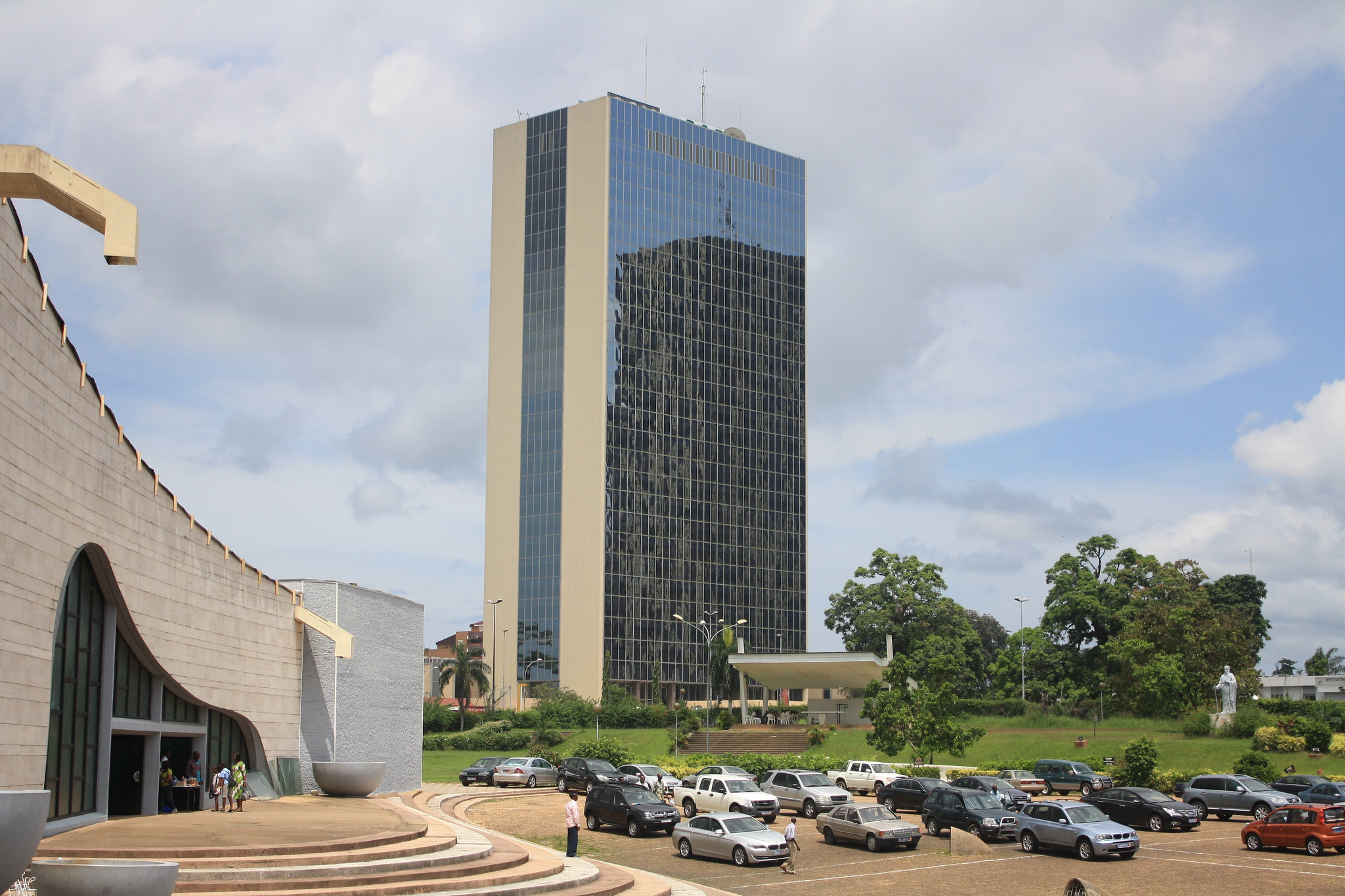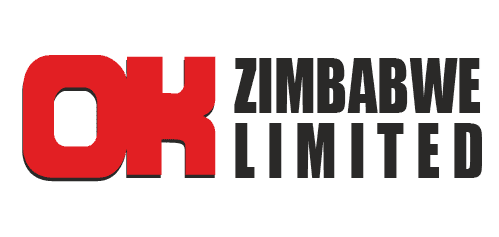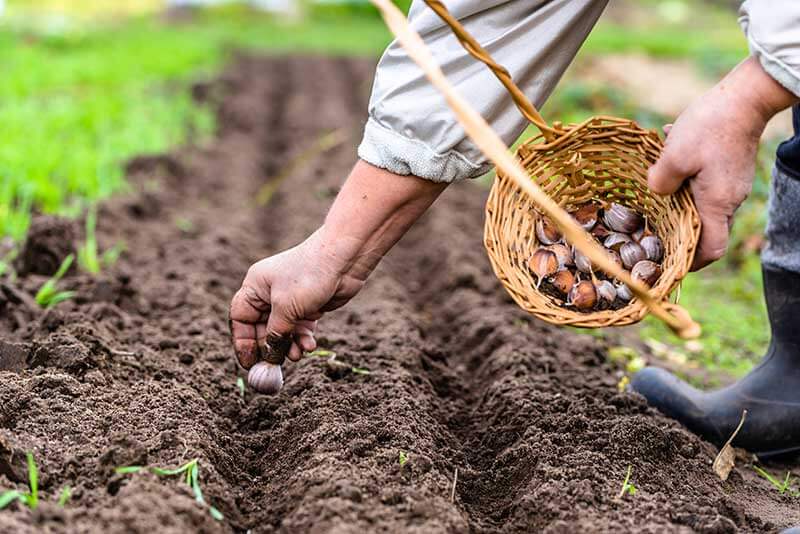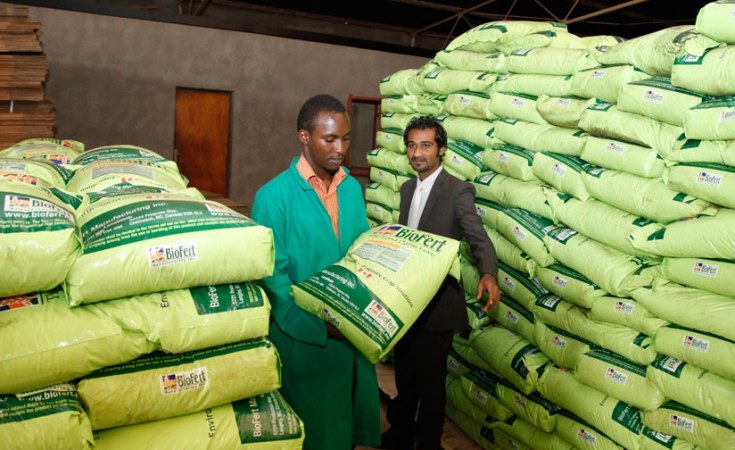Fertiliser prices jump as natural gas cost surge
The cost of ammonia has more than doubled on the international market over the past 12 months due to high natural gas prices after supplying countries imposed some restrictions on exports driving local fertiliser prices through the roof.
Natural gas is a critical raw material for production of fertiliser and an increase in ammonia cost leads to a shortage of the commodity and a spike in prices, an official said. According to Sable Chemicals, Zimbabwe’s sole manufacturer of ammonium nitrate, ammonium prices soared by 120 percent to US$1 400 per tonne in January 2022, from US$625 the same period last year. Zimbabwe imports ammonia from South Africa.
“Ammonia is made from natural gas and when natural gas prices rise, prices of fertilisers also go up,” Sable chief executive Bothwell Nyajeka said. A 50 bag of ammonium nitrate is costing between US$45 and US$55, from about US$30 last year, market observers say.
The soaring prices have also been triggered by subdued local output while high levels of leaching due to heavy rains have pushed up demand. The current maize crop has reached a stage needing more top dressing fertiliser amid concerns that the shortage and high prices could affect the yields, agriculture experts say.
Sable, which was targeting to produce 75 000 tonnes of AN this season, has so far produced 33 000 tonnes largely as a result of liquidity constraints, Dr Sekai Nzenza, the Minister of Industry and Commerce to Business Weekly in an interview.
“We need to ramp up local production; support local companies to avoid shortages.”
Last year, the Government launched a five-year road map meant to reduce fertiliser imports through supporting local companies. Chemplex and Sable Chemicals, the country’s major producers of fertiliser have already come up with strategies to reduce imports in the next five years.
According to the roadmap, Sable is targeting to increase annual production capacity to 240 000 tonnes by 2025, from the current installed capacity of 90 000 tonnes. Chemplex Corporation is looking to increase production to 100 000 tonnes per year from 80 000 tonnes.
Global fertiliser shortage
Fertiliser shortages and high prices are being felt across the globe, according to S&P. It said as a result of higher natural gas prices in Europe, various fertiliser companies were shut, triggering supply concerns around the world. Citing Yara Fertilisers, it said the record high natural gas prices in Europe are affecting ammonia production margins, resulting in the company cutting production.
In the US, input costs for farmers have gone up with fertiliser prices soaring.
The US is the largest producer of corn globally and corn is a highly-fertiliser intensive crop, S&P said.
US corn farmers have talked about moving to different crops such as soyabean or reducing their usage of fertilisers in the upcoming planting season if prices continue to be firm, it has noted adding that soaring fertiliser prices are also likely to impact Brazil’s largest corn crop, which will be planted starting this month.
RTGs pricing in Zimbabwe
Many farmers, especially those financing themselves, are baffled by the pricing of the commodity. Government has emerged as the largest financier of farming through Command Agriculture and Pfumvunza.
Some people supplied Command Agric inputs last year and retained them and have become major suppliers of top dressing fertiliser including Urea. The fertilizers are sold for between $35 and $55, while in formal shops they are demanding up to $8999.
Such shops are declining US dollars and for those accepting them, they dodge the official rate by offering serious discounts.
The shops demanding Zwl$8999 means going with the official rate they are charging up to
US$77 per bag of ammonium fertiliser.-The Herald










